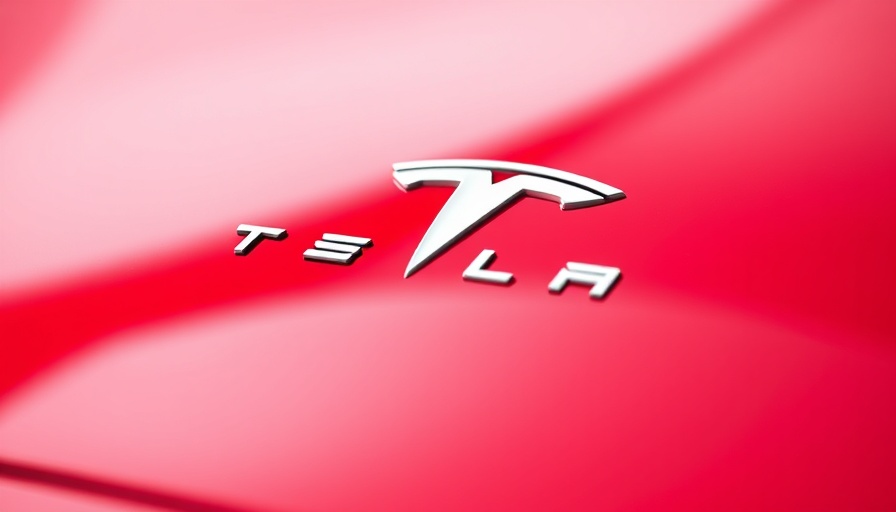
Understanding the Ambitions of Tesla's Robotaxi Service
Tesla is gearing up to launch a limited version of its robotaxi service in San Francisco, a project that has garnered significant attention not just from potential riders but also regulations that could impede its progress. This initiative follows an initial service deployment in Austin, Texas, revealing Tesla's ambitious plan to legalize autonomous ride-hailing in urban environments. The excitement surrounding robotaxis represents a larger vision of the future where transportation technology continuously evolves. However, as novel and appealing as this technology is, several regulatory hurdles stand in the way of immediate implementation.
Regulatory Framework: The Crucial Hurdles
In California, two primary agencies regulate autonomous vehicles (AVs)—the California Department of Motor Vehicles (DMV) and the California Public Utilities Commission (CPUC). Tesla currently holds permits that allow for testing vehicles with a driver, but lacks the permits needed for driverless operation. Other companies like Mercedes-Benz and Waymo have already secured driverless vehicle deployment permits, highlighting Tesla's current regulatory challenges. The absence of these essential authorizations limits Tesla's ability to move forward with its robotaxi ambitions, presenting a significant barrier to market entry.
A Shift from Traditional to Automated
As urban congestion and public transportation remain pressing issues, Tesla's focus on robotaxis is not merely a matter of operational strategy—it's also an exploration of how autonomous vehicles could reshape urban landscapes. For cities like San Francisco, incorporating automated transportation might ease congestion while providing a new revenue stream for ride-hailing companies. By achieving a balance of technology and regulation, Tesla could pioneer a shift in how we understand public transport.
The Value Proposition for Business Professionals
For CEOs and marketing managers, the implications of Tesla's robotaxi strategy extend beyond mere technological advancement. In an era where digital transformation continues reshaping industries, companies must consider how mobility solutions like autonomous taxis could alter business operations or customer interactions. Understanding these changes not only assists in strategic planning but also allows professionals to anticipate shifts in consumer behavior and preferences.
Lessons Learned from Early Autonomous Deployment Attempts
The challenges Tesla faces in the robotaxi domain are reminiscent of past attempts by other companies to launch autonomous services successfully. For instance, Uber's struggles with its own AV program, which faced multiple setbacks related to safety and regulation, provide crucial insights into the challenges Tesla may encounter. Effective strategies involve collaborative dialogue with regulatory bodies and the community to foster a safe, informed launch.
The Future of Transportation: Insights and Predictions
Experts predict that the future of transportation will heavily incorporate autonomous technology, but achieving widespread acceptance will require time and robust safety measures. For Tesla, addressing public safety concerns, while navigating the strict regulatory landscape, will be paramount in instilling confidence among consumers. A successful rollout could redefine urban commuting and stimulate new marketing strategies focused on sustainability and technological advancement.
As Tesla shifts gears towards a more hands-off approach to urban transportation, professionals must remain vigilant about potential developments in this domain. For those in tech-driven industries, keeping abreast of Tesla's progress not only aids business strategy but also enriches understanding of the rapidly evolving transportation ecosystem.
As Tesla embarks on its journey towards deploying robotaxis, it’s essential to stay informed about potential updates and regulatory changes that might emerge from this ongoing saga. Taking a proactive approach to understanding such innovations can significantly influence how businesses adapt to inevitable changes in transportation.
 Add Row
Add Row  Add
Add 




Write A Comment